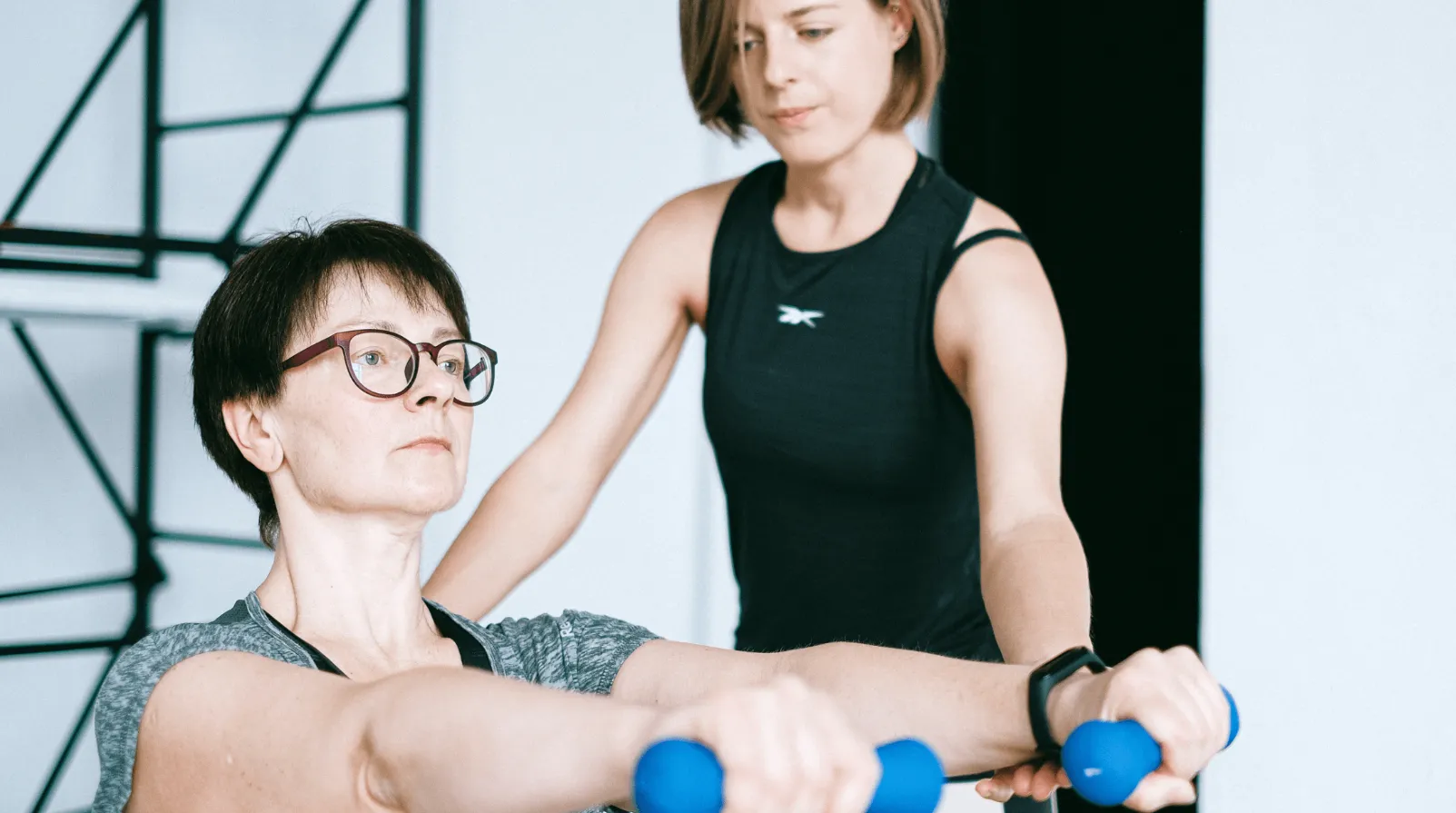If you’re considering starting your fitness journey and have scheduled your first session of personal training Kaysville, congratulations! Taking this step means you’re committing to your health, and that’s a big win. But if you’re feeling a mix of excitement and nervousness, that’s completely normal. Knowing what to expect during your first session can help ease those nerves and get you prepared to make the most of your time with your trainer.
1. Expect a Warm Welcome and Introduction
Your first session isn’t going to start with heavy lifting or intense cardio. It usually begins with introductions and a conversation. Your personal trainer will want to get to know you—your goals, lifestyle, current fitness level, and any medical or physical considerations that might influence your workouts. This dialogue helps build a foundation for a program tailored specifically to you.
Don’t be surprised if the trainer also gives you a tour of the facility. You’ll become familiar with the equipment, layout, and general atmosphere, which can help you feel more comfortable in your new environment.
2. Be Ready to Share Your Fitness Goals
A key part of your first session is goal setting. Whether you’re aiming to lose weight, build strength, improve endurance, or just feel more energized throughout the day, your trainer needs to hear it. Be as specific as possible. If you have a timeline, event, or milestone in mind—like preparing for a wedding or training for a 5K—mention it. The more your trainer understands what drives you, the more personalized and effective your plan will be.
3. Health and Fitness Assessments
Most personal trainers will conduct a basic fitness assessment during the initial session. This may include:
- Weight and body measurements
- Body composition (optional, and with your consent)
- Flexibility and range-of-motion tests
- Cardiovascular endurance evaluation
- Basic strength and mobility movements
These assessments serve as benchmarks to track your progress over time. They also help your trainer identify areas that may need extra attention, such as weak core muscles or limited joint mobility.
4. Movement Screening and Posture Checks
Before jumping into a workout plan, your trainer might perform a functional movement screening to evaluate how your body moves. They’ll observe your form and posture during basic exercises like squats, lunges, or overhead reaches. This screening helps identify imbalances, tight muscles, or risky movement patterns that could lead to injury if not addressed early.
This step is essential because even if you’re motivated to get fit quickly, the focus should always be on safe, sustainable progress.
5. A Light Introductory Workout
Depending on your fitness level and the results of your movement screening, your trainer may guide you through a short, light workout. This isn’t designed to push your limits but rather to introduce you to various exercises and see how you respond physically. It also gives you a feel for the trainer’s style and how future sessions might be structured.
You may try a few basic strength exercises, some light cardio, or bodyweight movements. Don’t worry if you feel unsure or awkward—it’s completely normal on day one.
6. A Review of Nutrition and Lifestyle Habits
Many trainers will ask questions about your eating habits, daily routines, sleep quality, and stress levels. These are all crucial parts of your health and fitness puzzle. You might receive general recommendations or be referred to a certified nutritionist for more personalized guidance if needed.
Remember, fitness isn’t just about exercise—it’s a lifestyle. A good trainer will want to help you succeed in and out of the gym.
7. An Overview of What Comes Next
As your first session wraps up, your trainer will likely review what the next few sessions will look like. They may provide a tentative workout plan or schedule, and you’ll have a chance to ask questions or voice any concerns. This is also the time to discuss how often you’ll be training, what your schedule looks like, and how your progress will be tracked.
You might even receive some “homework,” like stretches or hydration goals to work on before your next visit.
8. Tips to Get the Most Out of Your First Session
To make the most of your experience:
- Arrive early so you’re not rushed and can start relaxed.
- Dress comfortably in workout clothes and supportive shoes.
- Bring water and a small towel if needed.
- Be honest about your limitations, past injuries, or any fears.
- Stay open-minded and trust the process.
Even if things feel a little overwhelming at first, know that your trainer is there to support you every step of the way.
9. Don’t Forget to Celebrate the First Step
Showing up for that first session is an achievement worth celebrating. You’re investing in yourself, and that deserves recognition. It’s the beginning of a new chapter that could lead to better health, increased energy, and improved confidence.
And if you’re curious about how fitness intersects with other aspects of life, such as productivity, check out this article on how exercise improves cognitive function. It’s one more reason to stick with your personal training plan!
Final Thoughts
Your first personal training session is less about proving how fit you are and more about learning, building rapport, and laying the groundwork for future success. Whether you’re brand new to fitness or returning after a break, approaching this session with a positive mindset and clear goals will make a huge difference.
With the expert support from personal training Kaysville, you’re not just getting workouts—you’re gaining a partner in your health journey.














